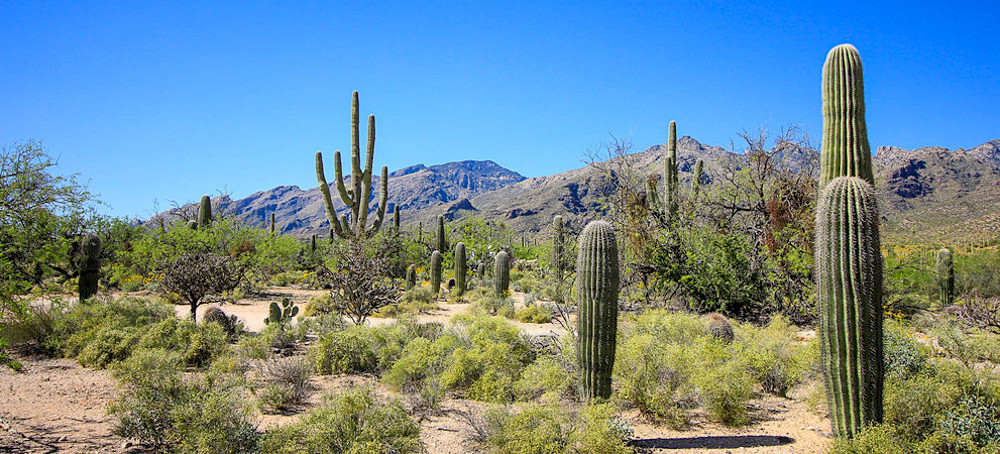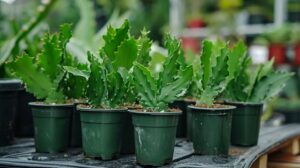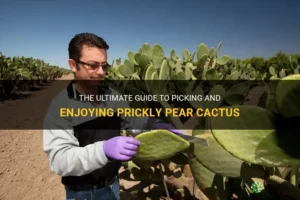Arizona’s arid landscape is not merely a backdrop; it is a vibrant stage where nature’s sculptures flourish in the form of cacti. These extraordinary plants, with their segmented arms reaching skyward like the aspirations of the desert, are emblematic of the state’s unique ecology. From the towering Saguaro to the intricately patterned Fishhook Cactus, Arizona presents a rich tapestry of native species that embody resilience and beauty.
To truly appreciate the magnificence of these plants, one must delve into their individual stories, interactions with their surroundings, and the cultural significance they hold.
Exploring the Saguaro: The Titan of the Desert
None captures the imagination quite like the Saguaro cactus. This iconic giant, with its distinct arms stretching outwards in a salute to the sun, is the hallmark of Arizona’s Sonoran Desert. A Saguaro can reach towering heights of up to 40 feet and live for more than 150 years. Its flowering period, which typically occurs in late spring, signals the arrival of life amidst desolation. The white blooms, stark against the green flesh of the cactus, are not merely a spectacle for human eyes; they are crucial to the ecosystem, attracting pollinators such as bees and hummingbirds.
Yet, the Saguaro is not just a solitary sentinel in the desert; it forms a vital part of a larger community. Various birds, including Gila woodpeckers and elf owls, carve out homes within its towering arms. The Saguaro’s ability to store water—a feat achieved through its ribbed structure—enables it to survive the relentless Arizona heat, a testament to nature’s ingenuity in adapting to extreme conditions.
The Symbiotic Dreams of the Cholla
Transitioning from the grandiosity of the Saguaro, one encounters the enchanting Cholla cactus. Often resembling a spiny fireworks display, the Cholla possesses an alluring charm that is both deceptive and captivating. With numerous species dotting the landscape, such as the Teddy Bear Cholla, known for its deceptively soft appearance, close encounters can lead to an unfortunate stippling of one’s skin with its glochid spines. Despite this prickly persona, Cholla cacti offer critical sustenance and shelter to myriad desert dwellers.
As spring unfurls, the Cholla showcases vibrant yellow, pink, or purple blooms, transforming the desert landscape into a canvas of color. Its fruit, known as “tuna,” is not only edible but also a traditional food source for Indigenous peoples, symbolizing the deep-rooted connections between the land and its inhabitants. This interplay between human and plant life underscores a profound symbiosis carried through generations.
Less Visible, Yet Essential: The Fishhook Cactus
Whereas the Saguaro and Cholla may dominate the landscape, the Fishhook Cactus offers a more understated allure. With its diminutive stature, the Fishhook embodies tenacity in the harshest of environments. Its hooked spines, which curve gracefully against the azure sky, serve as a cautionary signal to potential herbivores, emphasizing a distinct adaptation for survival.
This species primarily thrives between the rocky crevices and sandy soils, where many larger plants would falter. In addition to their defensive adaptations, Fishhook Cacti produce vibrant flowers that bloom sporadically, providing a rare flash of color in their arid habitat. The blooms of this cactus are ephemeral, a metaphor for life’s fleeting beauty, inviting observers to relish each moment. The formation of their fruit is a testament to their hidden role in promoting biodiversity, serving as sustenance for birds and other wildlife.
The Cultural Significance of Cacti in Arizona
Cacti are not merely flora; they are a profound part of the cultural fabric that weaves through Arizona’s identity. They symbolize endurance, strength, and the beauty that can arise from adversity. Indigenous tribes, such as the Tohono O’odham, have embraced the Saguaro as more than just a plant; it is a vital source of food, shelter, and cultural heritage. Traditions surrounding the harvest of Saguaro fruit are infused with rituals and celebrations, showcasing a deep reverence for the desert’s offerings.
Moreover, in contemporary society, the image of the cactus has transitioned into art, home décor, and branding, signifying resilience and authenticity. The allure of these plants has burgeoned exponentially in recent years, with people seeking to cultivate their own miniature desert gardens infused with the mystique of Arizona’s landscape.
The Threats Facing Arizona’s Cacti
While the allure of Arizona’s native cacti is undeniable, they face threats that jeopardize their very existence. Climate change, urbanization, and invasive species exert pressure on these resilient plants. The Saguaro, for instance, is particularly vulnerable, with its slow growth and dependency on specific environmental conditions rendering it susceptible to the escalating heat and sporadic rainfall patterns. Efforts to conserve these magnificent plants must be prioritized to ensure they continue to thrive for generations to come.
As we traverse this rugged landscape, it becomes apparent that each cactus – be it the mighty Saguaro, the charming Cholla, or the diminutive Fishhook – holds a unique appeal that beckons us to slow down. These resilient plants remind us that beauty can flourish even in the harshest conditions, forging a silent but profound connection between the natural world and those who dare to explore it.





Leave a Comment